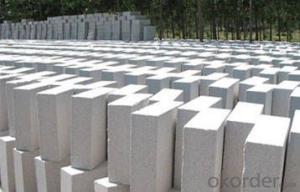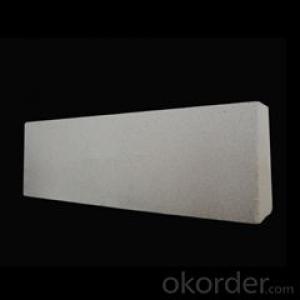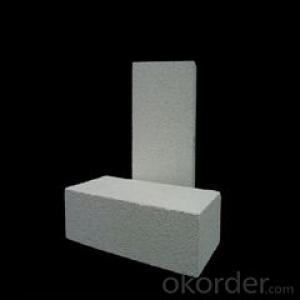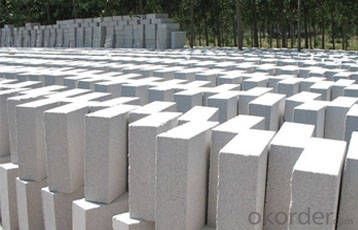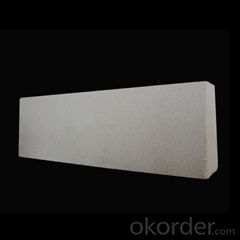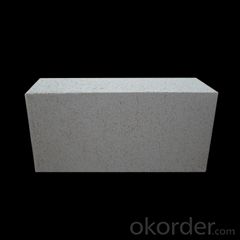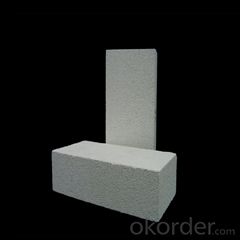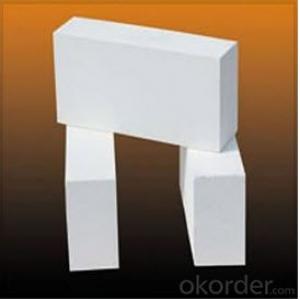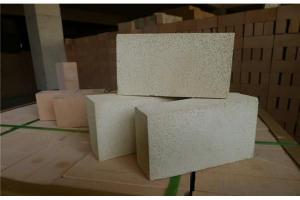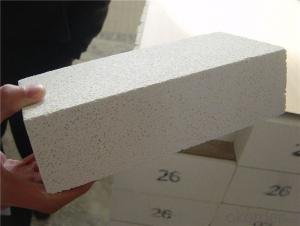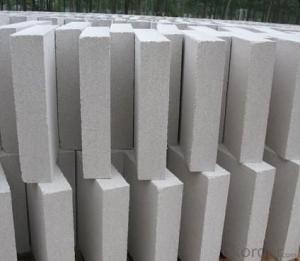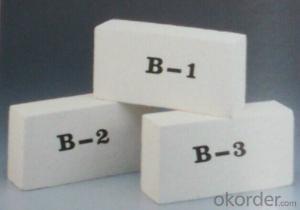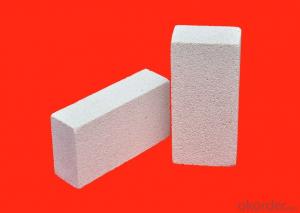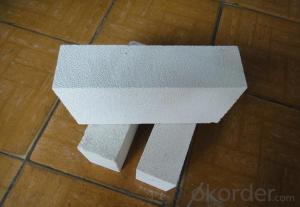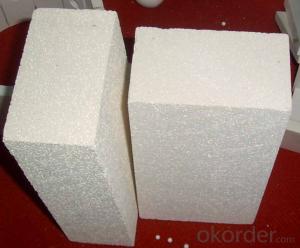Insulating Fire Brick - Refractory Mullite Insulating Refractory Brick JM 97
- Loading Port:
- Shanghai
- Payment Terms:
- TT OR LC
- Min Order Qty:
- 5000 kg
- Supply Capability:
- 10000 kg/month
OKorder Service Pledge
OKorder Financial Service
You Might Also Like
Refractory mullite insulating refractory brick JM 23
Okorder series heat insulation brick
Okorder series thermal insulation brick is an effective, energy saving, low carbon, environmental protection advanced, according to the ASTM standard manufacturing products. Okorder series products are best Li Ning and insulation in all types of industrial furnaces in the metallurgical field, aluminum, petrochemical, electric power and glass ceramic materials. They can be used as part of the working layer of thermal insulation or non - melting. Products have been widely used in the following furnace, achieved satisfactory results.
Application of heat preservation brick
Metallurgical Industry: blast furnace, hot blast furnace, heating furnace, etc..
Petrochemical Industry: ethylene cracking furnace, hydrogen production furnace, primary reformer, heating furnace, etc..
Ceramic industry: roller kiln, kiln, etc..
Glass industry: glass furnace regenerator, etc.
Carbon industry: carbon furnace, etc..
Aluminum electrolysis industry: aluminum reduction cell, etc.
Other industries: tunnel kiln, shuttle kiln, etc..
Advantages of heat insulation brick
Low thermal conductivity: more porosity will bring good thermal insulation effect, energy saving.
High crushing strength: high crushing strength, volume stability.
Low heat storage: small heat storage to absorb more heat, energy-saving effect is obvious.
Gao Chundu: iron, alkali metal impurity content is low.
The precise size: Brick size processing precision, special shape cutting and grinding, accelerate the brickwork.
Insulating brick picture
Common problem solutions
1. What products do you have?
We have all kinds of refractory bricks, refractory casting materials, mortar, cement, ceramic fiber products, etc..
Or you can browse our products to choose what you need.
2. How to control product quality?
With strict quality control system throughout the material selection and production process, we have the quality of refractory materials and ceramic fiber products to meet customer requirements.
From the selection of raw materials, the quality of our control to start. The quality certificate of the raw material is required, each batch of the products are to be tested in the use of the forward line. In the production process, the quality control by the workers, and then each piece of classification, and through the quality supervision and inspection.
3. Can you give me a brief introduction to the application of your product?
My company is mainly engaged in refractories in the steel, cement, glass, ceramics, petrochemical, electric power and other industries.
4. What information do you need if I need you?
In order to select the right products, we will provide us with information, such as the United States, technical data, order quantity, product application, etc..
If you have any questions, please contact us.

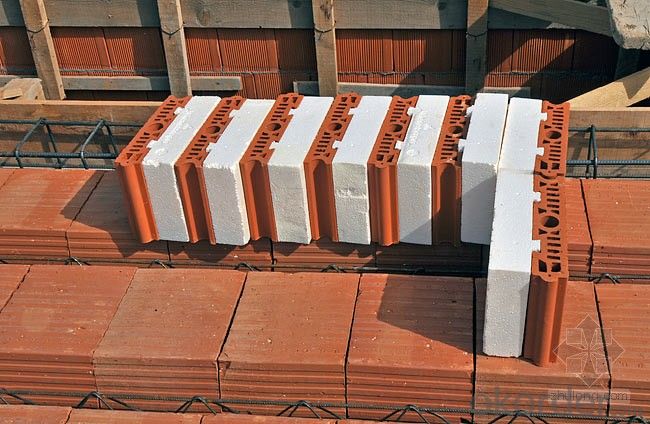
- Q: Are insulating fire bricks resistant to sulfates?
- Insulating fire bricks exhibit resistance to sulfates in general. These bricks consist of high-alumina or silica materials, which possess favorable chemical resistance properties. Sulfates, a type of chemical compound, can undergo reactions with certain materials, leading to deterioration. However, insulating fire bricks are specifically engineered to endure high temperatures and harsh chemical environments, including exposure to sulfates. They commonly find applications in furnaces, kilns, and incinerators where they might come into contact with sulfates. Nevertheless, it is crucial to consider the precise composition and quality of the insulating fire bricks, along with the concentration and duration of sulfate exposure, in order to guarantee their long-lasting performance and durability.
- Q: Are insulating fire bricks resistant to hydrofluoric acid?
- Yes, insulating fire bricks are resistant to hydrofluoric acid.
- Q: Can insulating fire bricks be used in the construction of industrial dryers?
- Yes, insulating fire bricks can be used in the construction of industrial dryers. These bricks have excellent thermal insulation properties, which make them ideal for retaining heat within the dryer and reducing heat loss. Additionally, insulating fire bricks are resistant to high temperatures, making them suitable for the extreme heat generated in industrial dryers.
- Q: Can insulating fire bricks be used in outdoor fire pits?
- Certainly, outdoor fire pits can make use of insulating fire bricks. These bricks are specifically engineered to endure high temperatures, rendering them suitable for fire pit applications. They are crafted from heat-resistant materials like ceramic fibers or refractory substances, which aid in preserving the heat within the fire pit. Moreover, insulating fire bricks possess a lightweight composition and are effortless to install, making them a practical selection for outdoor fire pits. Nevertheless, it is crucial to bear in mind that these bricks may not possess the same level of durability as regular fire bricks. Thus, they might necessitate more frequent replacement if exposed to extreme temperatures or harsh weather conditions.
- Q: Can insulating fire bricks be used in the construction of foundry furnaces?
- Certainly, foundry furnaces can utilize insulating fire bricks in their construction. These bricks, composed of lightweight materials such as ceramic fibers, vermiculite, or perlite, possess excellent insulating properties. With their ability to withstand high temperatures, they are deemed appropriate for foundry furnaces. To endure the intense heat generated during metal melting, foundry furnaces necessitate materials that are heat-resistant. Insulating fire bricks, with their exceptional heat transfer resistance, effectively minimize heat loss within the furnace. Consequently, they are an ideal choice for insulating the furnace's walls and floor, thereby enhancing energy efficiency and reducing fuel consumption. Furthermore, the lightweight nature of insulating fire bricks facilitates their handling and installation during furnace construction. Their lightweight composition also reduces the overall weight of the furnace structure, making it more portable and easier to relocate, if necessary. In summary, due to their outstanding insulating properties, heat resistance, and lightweight characteristics, insulating fire bricks are a suitable option for constructing foundry furnaces. By improving efficiency and performance while enduring the extreme temperatures required for metal melting, they prove to be highly advantageous.
- Q: How do insulating fire bricks contribute to energy efficiency?
- Insulating fire bricks possess exceptional thermal resistance, rendering them an invaluable asset in energy-efficient systems. A key contribution of these bricks to energy efficiency lies in their ability to mitigate heat loss. With their low thermal conductivity, insulating fire bricks do not readily conduct heat, making them ideal for insulating areas with high temperatures, such as furnaces, kilns, and fireplaces. By curbing heat loss, insulating fire bricks effectively contain the generated heat within these systems, enabling them to function with enhanced efficiency. Moreover, insulating fire bricks aid in reducing energy consumption. By limiting heat transfer, they necessitate less energy to maintain the desired temperature within a system. This becomes especially significant in industries reliant on high temperatures for operations, as it translates into substantial energy savings. Companies that employ insulating fire bricks can consequently curtail their energy usage, leading to reduced utility bills and a diminished environmental impact. Furthermore, insulating fire bricks contribute to energy efficiency by elevating the overall performance of heating systems. By providing insulation, these bricks ensure a consistent and controlled temperature within the system. This guarantees even distribution of heat and eliminates energy wastage caused by temperature fluctuations. Consequently, systems equipped with insulating fire bricks operate with heightened efficiency and effectiveness. In conclusion, insulating fire bricks play a pivotal role in advancing energy efficiency. Their exceptional thermal resistance properties aid in minimizing heat loss, reducing energy consumption, and optimizing the performance of heating systems. By incorporating insulating fire bricks, individuals and industries can achieve significant energy savings while simultaneously fostering a greener and more sustainable approach to energy consumption.
- Q: What are the types of building blocks?
- Ordinary housing: building brick (clay brick), and non sintered brick (sand lime brick, fly ash brick, cement brick, etc.)
- Q: Are insulating fire bricks resistant to thermal bridging?
- Insulating fire bricks possess resistance against thermal bridging. Thermal bridging arises when a material allows heat to flow directly, thereby bypassing the insulation. Insulating fire bricks counteract this issue by minimizing thermal conductivity, which renders them ineffective at conducting heat. This characteristic aids in maintaining a uniform temperature on either side of the brick, thereby preventing thermal bridging and enhancing the overall insulation performance.
- Q: Can insulating fire bricks be used in the construction of coke ovens?
- Yes, insulating fire bricks can be used in the construction of coke ovens. These bricks are specifically designed to withstand high temperatures and provide excellent insulation, making them suitable for coke ovens where extreme heat is generated during the coke-making process. The insulating properties of these bricks help maintain the desired temperature inside the oven while minimizing heat loss, resulting in more efficient and effective coke production.
- Q: Can insulating fire bricks be used in thermal oxidizers?
- Insulating fire bricks are indeed applicable for thermal oxidizers. These bricks are specifically designed to possess low thermal conductivity, enabling them to effectively diminish heat transfer and conserve energy in high-temperature scenarios. Thermal oxidizers, on the other hand, are utilized as devices for treating industrial exhaust gases through the process of oxidizing pollutants at elevated temperatures. By incorporating insulating fire bricks into the construction of thermal oxidizers, the system can confine heat within, ensuring efficient combustion while minimizing heat loss to the surrounding environment. Consequently, this not only enhances the overall thermal efficiency of the thermal oxidizer but also aids in decreasing energy consumption and operational expenses. Furthermore, insulating fire bricks possess remarkable resistance against thermal shock and display exceptional insulating properties, rendering them suitable for the challenging and rigorous conditions commonly encountered in thermal oxidizers.
Send your message to us
Insulating Fire Brick - Refractory Mullite Insulating Refractory Brick JM 97
- Loading Port:
- Shanghai
- Payment Terms:
- TT OR LC
- Min Order Qty:
- 5000 kg
- Supply Capability:
- 10000 kg/month
OKorder Service Pledge
OKorder Financial Service
Similar products
Hot products
Hot Searches
Related keywords
